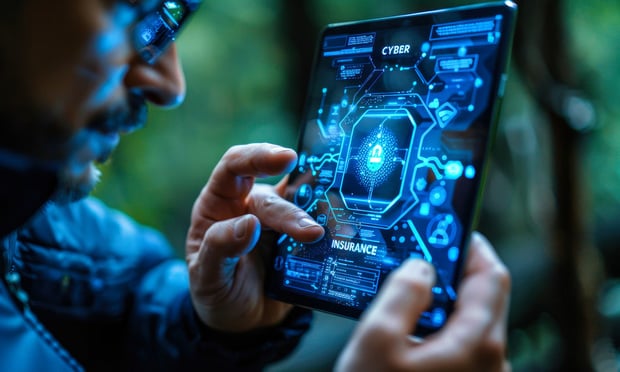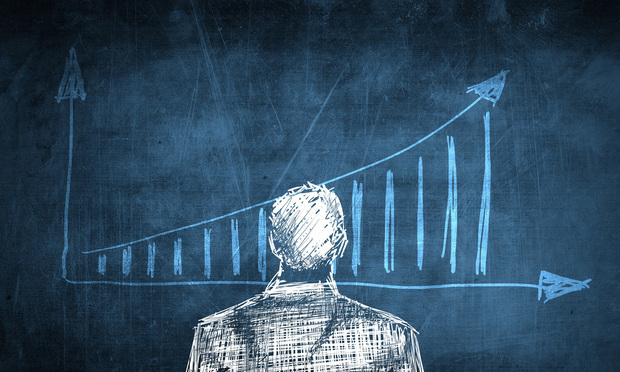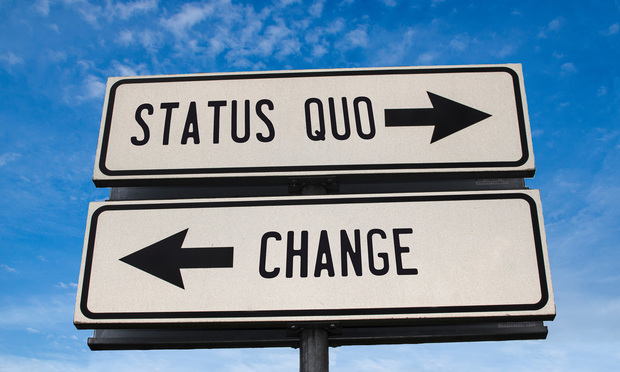The Tohoku earthquake in Japan was a seismological "black swan"—an event beyond the realm of regular expectations, according to catastrophe-risk modelers.
During a webcast produced by reinsurance broker and capital-management advisor TigerRisk Partners, all three of the standard risk modelers commented on the magnitude 9.0 earthquake and tsunami that rocked northern Japan on March 11.
 Each used words like "unprecedented" or "surprise" or "unexpected." No one thought an earthquake of this magnitude was possible, they say. And the events that followed—the massive tsunami and damages to nuclear facilities in the area—were not modeled.
Each used words like "unprecedented" or "surprise" or "unexpected." No one thought an earthquake of this magnitude was possible, they say. And the events that followed—the massive tsunami and damages to nuclear facilities in the area—were not modeled.
Bill Keogh, president of risk-modeler EQECAT Inc. (which estimates between $12 billion and $25 billion in insured losses from the quake and tsunami), says an event like this provides the chance to either validate current models or calibrate them. The aftermath of the Tohoku earthquake is clearly a chance to recalibrate, he says.
Tsunami risk as part of risk modeling "will have to become a secondary peril of earthquake models," says Robert Muir-Wood, chief research officer at modeler Risk Management Solutions (RMS).
This was the first time in the modern era that a tsunami struck an industrialized area, says Jayanta Guin, senior vice president of research and modeling for AIR Worldwide (which puts insured losses at $20 billion to $30 billion).
"Clearly this will increase the demand and need for accounting for risk from tsunami," he adds.
Guin says AIR's model did "extremely well" in assessing insured losses immediately after the event, even though the possibility of a 9.0 earthquake was not worked into the model.
AIR will go back and analyze the data accumulated in the aftermath of the temblor, but the damages from the latest quake, even at the 9.0 magnitude, "should not have been a surprise to the industry."
There is a 4.6 percent chance of a 9.0 occurring anywhere in the world annually. To put that into perspective, there is almost a 100 percent chance of a magnitude 8.0 earthquake happening at least once a year, according to Paul Thenhause, senior geologist with EQECAT.
Want to continue reading?
Become a Free PropertyCasualty360 Digital Reader
Your access to unlimited PropertyCasualty360 content isn’t changing.
Once you are an ALM digital member, you’ll receive:
- Breaking insurance news and analysis, on-site and via our newsletters and custom alerts
- Weekly Insurance Speak podcast featuring exclusive interviews with industry leaders
- Educational webcasts, white papers, and ebooks from industry thought leaders
- Critical converage of the employee benefits and financial advisory markets on our other ALM sites, BenefitsPRO and ThinkAdvisor
Already have an account? Sign In Now
© 2025 ALM Global, LLC, All Rights Reserved. Request academic re-use from www.copyright.com. All other uses, submit a request to [email protected]. For more information visit Asset & Logo Licensing.








